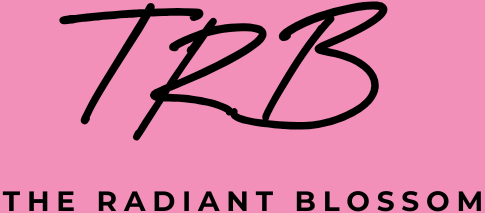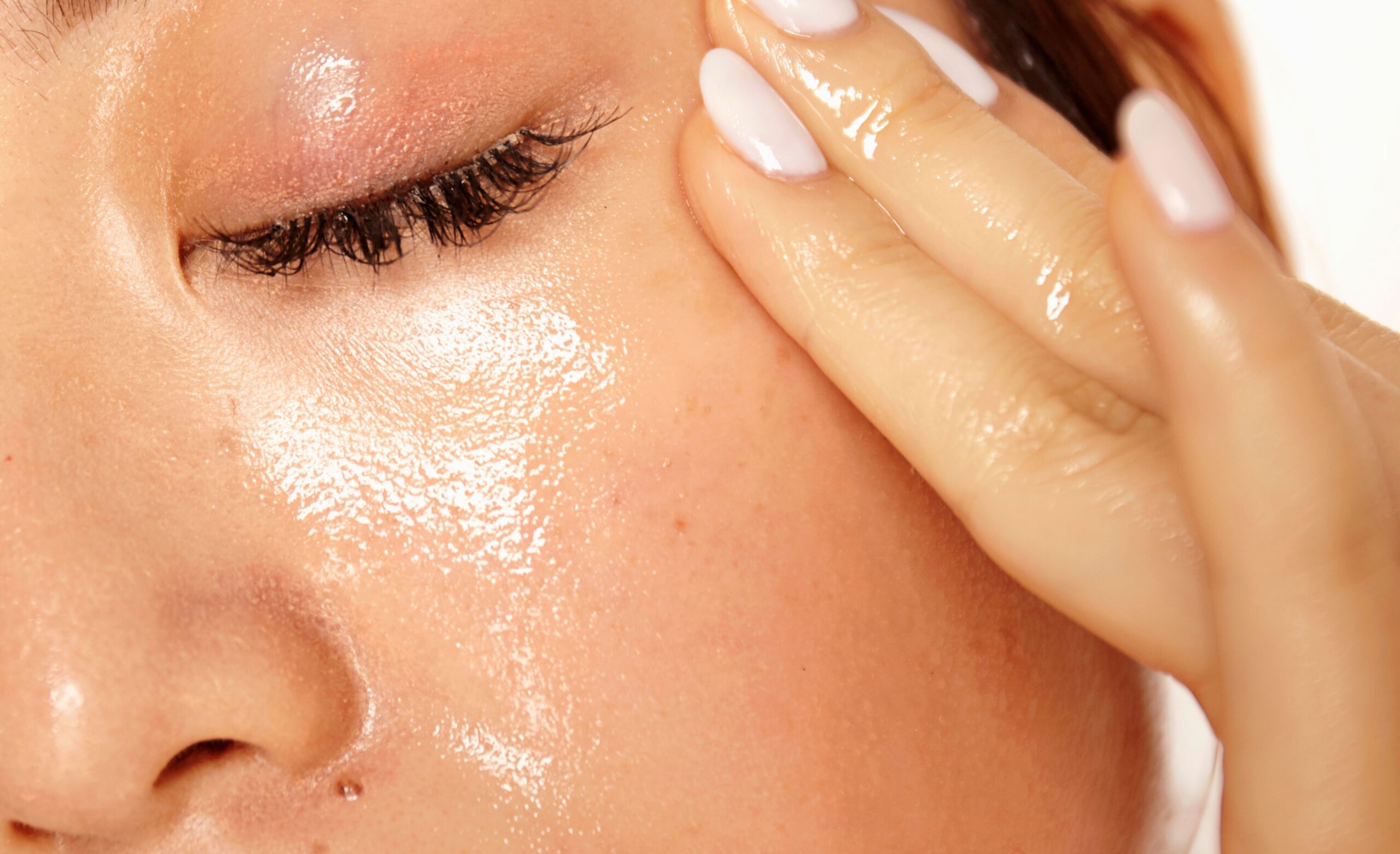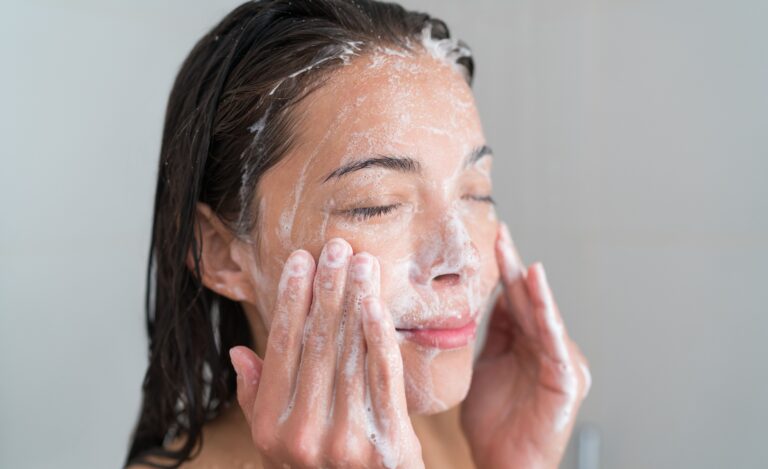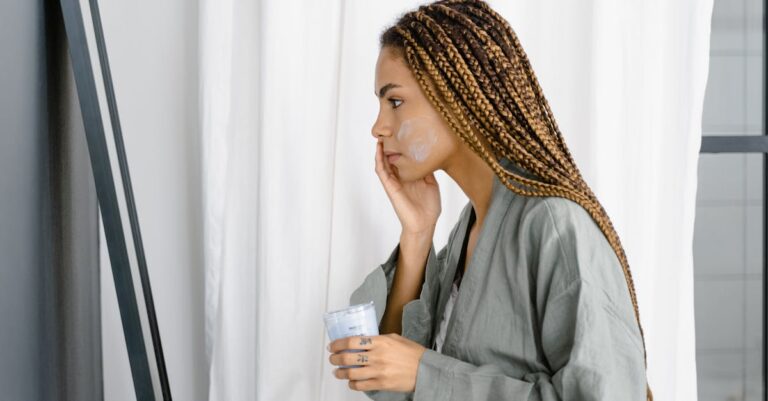Face oils have gained popularity in skincare routines, but do you really need one? While some people swear by their benefits, others worry about clogged pores and excess oil. Let’s explore what face oils do and whether they’re right for your skin.
What Are Face Oils?
Face oils are plant-based or synthetic oils designed to hydrate, nourish, and protect the skin. They can help lock in moisture and provide essential fatty acids, antioxidants, and vitamins.
Types of Face Oils:
- Moisturizing Oils: Jojoba, squalane, marula – mimic skin’s natural sebum and provide hydration.
- Balancing Oils: Rosehip, grapeseed – regulate oil production and help with acne-prone skin.
- Nourishing Oils: Argan, avocado – rich in vitamins and antioxidants for anti-aging benefits.
- Healing Oils: Tamanu, seabuckthorn – promote skin repair and reduce inflammation.
Benefits of Using a Face Oil
✔ Locks in Moisture – Helps seal hydration into the skin, especially when applied over a moisturizer.
✔ Supports the Skin Barrier – Strengthens the lipid barrier, reducing water loss and irritation.
✔ Packed with Nutrients – Contains essential fatty acids, vitamins, and antioxidants to nourish the skin.
✔ Balances Oil Production – Lightweight oils can regulate sebum levels, making them suitable even for oily skin types.
✔ Adds a Natural Glow – Enhances skin radiance and smoothness.
Potential Downsides
❌ Can Feel Heavy – Some oils may feel too rich, especially for those with oily or acne-prone skin.
❌ May Clog Pores – Thick or comedogenic oils like coconut oil may cause breakouts.
❌ Not a Replacement for Moisturizer – Oils help lock in hydration but don’t provide hydration on their own.
Who Should Use a Face Oil?
✔ Dry or Dehydrated Skin: Oils add an extra layer of hydration and prevent moisture loss.
✔ Mature Skin: Antioxidant-rich oils help with elasticity and fine lines.
✔ Oily or Acne-Prone Skin: Non-comedogenic oils like squalane and rosehip can regulate sebum production.
✔ Sensitive or Irritated Skin: Healing oils like tamanu and chamomile soothe inflammation.
How to Use a Face Oil in Your Routine
- After Moisturizer – Apply a few drops after your moisturizer to seal in hydration.
- Mix with Moisturizer – Blend a drop or two with your moisturizer for added nourishment.
- Targeted Treatment – Use on dry patches, fine lines, or areas needing extra care.
- As a Last Step – Face oils should be the final step in your skincare routine at night.
Final Verdict: Do You Need a Face Oil?
A face oil isn’t essential for everyone, but it can be a great addition if your skin needs extra nourishment or protection. If your skin responds well to it, incorporating the right oil into your routine can provide numerous benefits.
Do you use a face oil? Share your experience in the comments!




